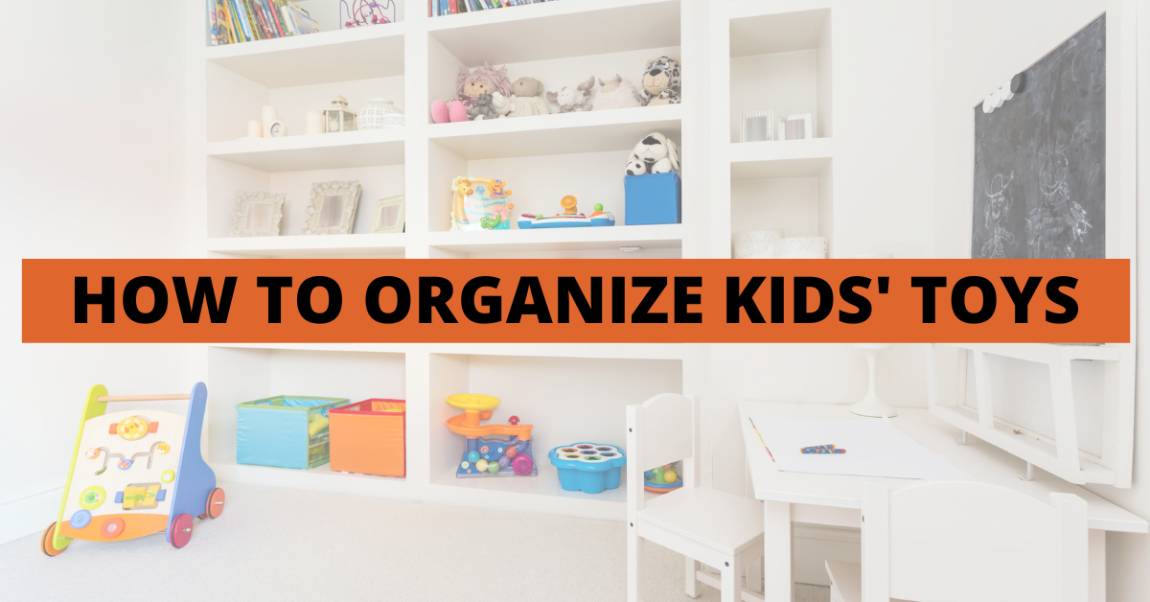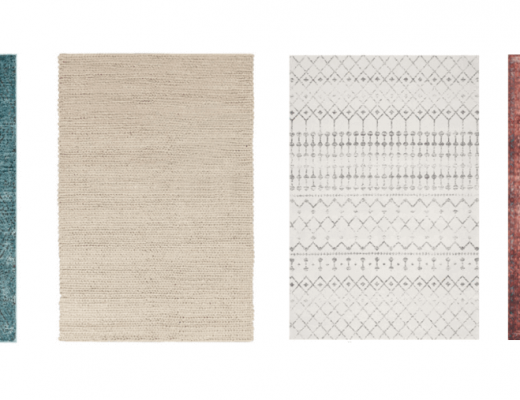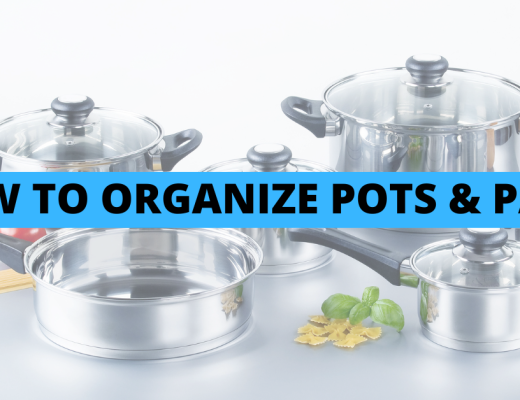Is your home now a dumping ground for your kids’ toys? Has walking while maneuvering around all those toys become an Olympic sport in your home? If so, then I’m here to help!
Whether you’re new to parenthood or a seasoned veteran, parents can all agree that one of the biggest obstacles is figuring out how to organize kids’ toys. You start with just a few kids’ toys in a decorative basket in the corner and before you know it your children’s toys are the main focal point and have transformed your home into a toy-filled jungle.
So, if you’re trying to regain control of this toy-nado, let me help you! Ahead are some organizational strategies and toy storage recommendations to help you stay organized and in control of your kids’ toys.
Toy Organization – The Plan
Let’s start with an attack plan for how to organize your kids’ toys.
1. Take inventory of your toy stock: Doing this will give you an overhead visualization of what you have, and it’ll help set you up for success when moving through the following steps.
2. It’s time to part ways: Go through all the toys and see if there’s anything you and your kids can get rid of (either by throwing away or by donating). This is a great opportunity to declutter!
3. Determine toy priority: It’s time to sort through all the “keepers” and determine which toys are high-demand toys and which are low-demand toys. Just because the toys exist doesn’t mean they all need to be front and center. Which makes sense, right? It’s just like seasonal clothing. Not every toy is “in-season” at every point in the year. This priority grouping method allows you to have a better idea when planning for organizational storage space and products.
Now that we have an organizational plan in place, it’s time to talk about some toy storage ideas!
Storage Ideas For The Front And Center Toys
Now don’t let this title fool you, all I mean is that these are the toys you’ve determined are high-demand. High-demand toys are those that your kids always seem to gravitate towards. These are the toys you want front and center. That being said, the goal is to have these toys both easily accessible while being organized and neatly stored away. Easy access is the name of the game. If the toys are too difficult to access, they’ll get taken out and likely not get put back. And, you want to make it as easy as possible to put toys back.
If you have some available shelving space, clear bins with handles and open-tops may be the product for you. This type of bin is helpful because it allows you and your children to see exactly what toys are where. The handles make the bins easy to grab and the open-tops allow for both easy access and easy clean up.
If clear bins aren’t for you, consider simple photo labels and a unit with open cubbies for pull-out cubes. Having these simple photo labels takes the guesswork out of toy grabbing and makes clean up easy. Whether you choose a furniture piece with built-in drawers or one that allows for boxes and bins to be included where needed, the pictures will make the toy search and clean up seamless. Ideally, you’ll find pictures that help you group similar toys, such as a puzzle piece picture to indicate the home for puzzles or a picture of a car to indicate the place for toy cars.
These are both alternatives to the classic large storage box that would house all your children’s toys. While it succeeds in hiding all the toys, you inevitably must dump out all its contents each time to find that one toy. Let’s avoid that mess!
For The Tucked-Away Toys
In this case, we are working with those less-used toys such as niche crafting supplies, board games, a holiday-themed train track set, or those toys you’re saving for your next child. These types of toys can be easily stored under a bed, sofa, or cabinet. There’s no reason to waste the space beneath your already existing furniture, and with the right toy storage products these less-used toys will have a perfect home. Depending on the size of the underneath space, you can use a variety of different items with handles or wheels so they’re easy to grab, such as storage containers or sliding racks.
When choosing a storage container that’s going underneath a piece of furniture, like a bed, I’d suggest investing in one which either has a clear top or one that’s fully clear. I make this recommendation because you want it to be as easy as possible to spot the toy needed. This leads to less work, less mess, and makes sticking to a toy organization system a bit easier. If you decide on a sliding rack, I’d recommend placing a non-slip mat down to avoid toys sliding when the rack moves.
I hope this article on how to organize kids’ toys has been helpful! Do you use any of these products or organizational strategies? Do you know of a “must-have” storage product or technique that isn’t on my list? I’d love to know what works and what doesn’t work for you when it comes to organizing kids’ toys—let me know in the comments below!
p.s. If you’re in the process of organizing and decluttering other areas in your home, check out these posts about How I Declutter My Closet Twice a Year and How To Declutter Your Books.






No Comments